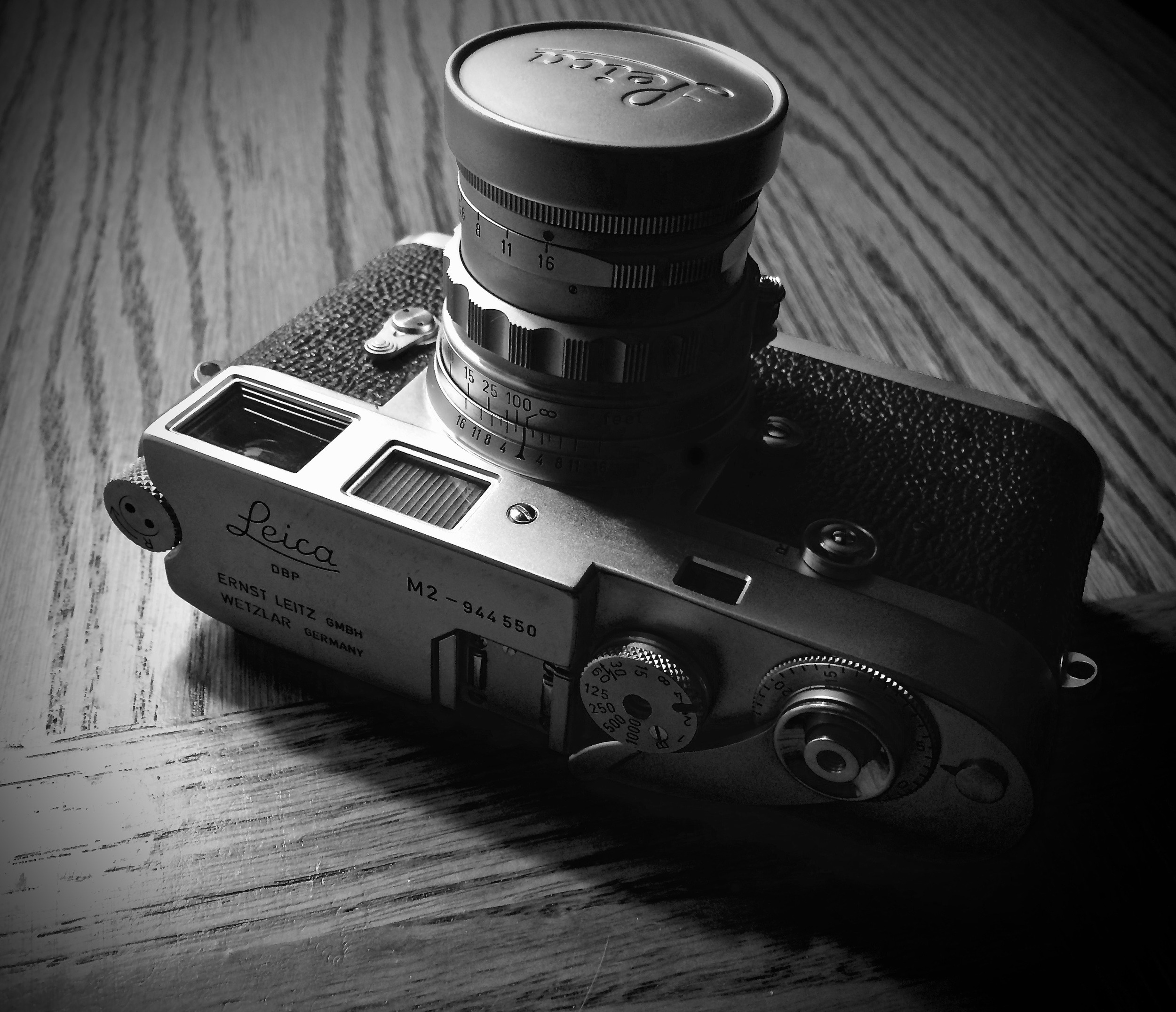Thankful
Honestly, a day doesn't go by that I don't feel thankful. Thankful that somehow, at this late stage of my life, I was given the opportunity to reinvent myself one more time and live in a place that really nourishes my soul. Thankful that I can grab a camera and explore some of the most beautiful coastline in the US. These are some of my favorite images from the past six years, all taken along the coast of California from San Francisco north to Mendocino.
Myers Grade, Nikon FE2 with 85mm Nikkor
Leica MP, 35mm Summicron
Nikon FE2, 85mm Nikkor
This is Spud Point Marin in Bodega Bay shot with my Leica M3
Expired Fuji 400H film
I love shooting late in the day.
Nikon FE2 with 85mm Nikkor
Starfish near Bodega Bay
Nikon F2 on Bodega Dunes
Pentax ME Super
Leica M4 with 35 Summicron
The beach changes by the hour.
Leica MP and I think I was shooting Kodak Plus-X
Nikon FM2N with 55mm Nikkor
A rare warm day on the Sonoma Coast
Magic Hour
Leica M6TTL with 35 Summicron
Leica MP with 50 Summicron
Heading home...






































































